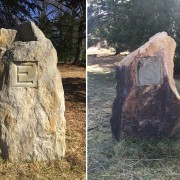The Flint Water Crisis – What is happening, and what are the consequences? - PAESTA Podcast Series: Episode 7
You Asked, We Answered!
Transcript for the podcast
Hello my name is James Clark and I am an undergraduate student at Penn State Brandywine. In this podcast, I will be answering the following questions that pertain to the Flint water crisis. Who is to blame? What caused the Flint water crisis? Was the Flint water crisis preventable? What are the lasting consequences? What are the political ramifications? Along with these questions, I will also answer some common questions that people are asking about the Flint water crisis.





